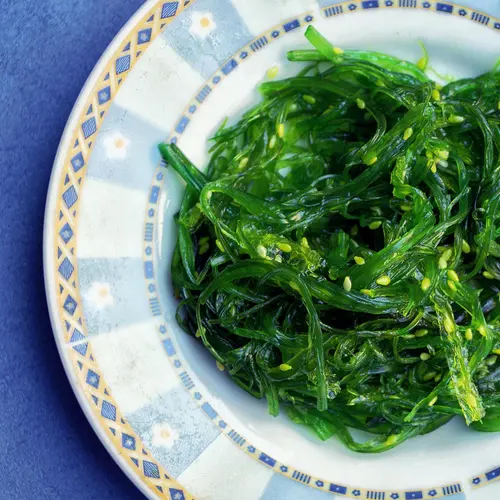The golden berry is a yellow-orange fruit wrapped in a papery husk, similar in appearance to a tomatillo. Golden berries have a tart, tangy taste similar to tropical fruits.
The golden berry goes by many names, including the Cape gooseberry, poha berry, husk cherry, pichu berry, aguaymanto, topotopo, Inca berry, and Peruvian groundcherry.
Golden berries are native to the Andean Mountains in South America, and especially in the Peruvian and Chilean highlands. The fruit was cultivated by region’s native Incans as early as 4,000 years ago. Golden berries have a long and storied history in South American cuisine.
Golden berries grow on hardy shrubs which can tolerate extreme environments as high as 10,000 feet above sea level. Golden berries grow best in areas that get plenty of sunlight and soil drainage.
Global expansion has led to golden berry cultivation in many different countries, including in South Africa, India, China, the United Kingdom, Australia, New Zealand, and in the United States. In the 1700s, colonization led to the crop’s expansion into Europe and South Africa. Today, golden berries are gaining in popularity for their unique taste, versatility, and health benefits.
Health Benefits
Golden berries have many health benefits to offer. They are rich in carotenoids, which are antioxidants that help to prevent or slow down damage to your cells. These antioxidants can also help to strengthen your cardiovascular system.
Here are some additional health benefits of golden berries:
Reduce Inflammation
Golden berries are part of the Solanaceae family, a group of plants that contain natural steroids called withanolides. These steroids might help to calm inflammation in chronic arthritis, autoimmune diseases, and some neurodegenerative diseases.
Help Reduce Cholesterol Levels
Golden berries contain phytosterols, a type of antioxidant that can help lower the amount of cholesterol in your blood, especially so-called “bad” (LDL) cholesterol. Golden berries also contain fatty acids like linoleic acid and oleic acid, which can help you lower your cholesterol overall.
Nutrition
The golden berry gets its signature color from carotenoids, a type of natural pigment that also gives foods like carrots and pumpkins their vibrant color. Along with these carotenoids, golden berries are full of vitamins and minerals, including:
- Calcium
- Iron
- Phosphorus
- Vitamin C
- Thiamin
- Riboflavin
- Niacin
- Vitamin A
- Beta-carotene
- Lutein
- Vitamin K
- Vitamin E
Nutrients per Serving
One-half cup of raw golden berries contains:
- Calories: 53
- Protein: 2 grams
- Fat: 1 gram
- Carbohydrates: 11 grams
- Fiber: 5 grams
- Sugar: 6 grams
- Cholesterol: 0 milligrams
- Sodium: 0 milligrams
Things to Watch Out For
When you eat golden berries, make sure they are fully ripe and don't show any green coloration. Like green potatoes, unripe golden berries contain solanine, a substance that can be toxic to humans, which can lead to diarrhea, vomiting, and an irregular heartbeat.
How to Eat Golden Berries
You can use golden berries in a variety of sweet and savory dishes. They often work well in place of tomatillos. To find your favorite new dish, try some of these golden berry recipes:
- Make a tropical fruit salad with golden berries.
- Make your own golden berry granola bars.
- Whip up a golden berry salsa.
- Enjoy barbecued chicken with golden berry sauce.
- Bake golden berry and raspberry muffins.

